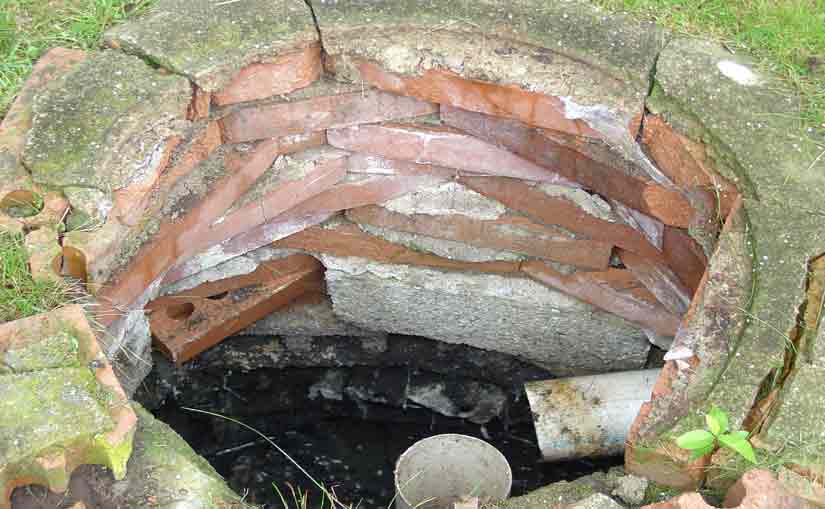Somehow, you have always believed that you can turn your vacant lot into a small haven for your plants and pets. You have always dreamed of having your own private escape away from all the hustle and bustle of everyday living. The opportunity to have a home of your own has finally come true and there is no exact word that could ever describe how you felt when you got the news that the house and the landscaping was finally finished.
After a few days, you moved in with your pets. As you made your way to the porch, you were greeted by the colorful flowers and the very green, manicured lawn. It was perfect. You knew that this was the best decision that you ever made in your entire life, next to having your beloved furry companions. A few weeks into settling in, you decided to spend the afternoon in your yard. You were tending the flowering shrubs that framed the yard when you noticed a huge patch of yellow grass over where the leach field was positioned.
Getting straight A’s in home and garden since grade school days told you that this was a very negative dent to your reputation. You made gardens bright and live…not wilt. This was not the way to go even for an average garden enthusiast, which you weren’t. Plants were your life next to your animals. The biologist in you knew that you have to do something or this will mark your lawn. You were just about to water the patch when you remembered that it was the portion of the yard where the leach field was installed. On instinct, you went inside your home and called your septic expert. A few minutes passed and he arrived. You told him about the yellow grass and he smiled. He was more than happy to explain why this phenomenon happened to your beautiful, healthy garden.
There was yellow grass over your leach field because the soil was dry. The dryness of the soil was a very good sign that the septic system was functioning optimally. That was nice to hear but what did that have to do with your grass? The drier the soil, the better it is for the aerobic bacteria because dry soil is rich with oxygen. The septic expert said that it was a good thing that you didn’t water the yellow grass. This would cause difficulty for the soil to absorb the wastewater, making it back up into your home or on your lawn. Adding additional soil over the very thin top soil over the leach field will only make it difficult for the treated effluent to evaporate. This will significantly lower the amount of oxygen in the soil, depleting the aerobic bacteria present in it. The pre-treated effluent would then be inefficiently purified before it is released back in to the surrounding environment. Contamination and pollution come about and cause harm to bodies of water and other living beings.
It is the septic world, bacteria rule. They are the ones that make everything possible for the septic system. They degrade the solid wastes and even purify the effluent. These primitive creatures are what make your home wastewater treatment facility very effective and efficient. You can say that they are the lifeblood of the system. Without them, the wastewater would still be wastewater and the world will eventually kill itself because of its own filth. The aerobic bacteria should be well taken care of as much as the anaerobic bacteria. Having thin, dry topsoil over the leach field is ideal for them.
When the septic expert left, you felt good knowing that you were not negligent to your yard at all. The yellow grass suddenly made you happy. As an experienced home gardener, you didn’t want a yard with dead grass on it. Suddenly, you had an idea. You made a sign that said, “Keep the grass yellow on my leach field.” Brilliant!

